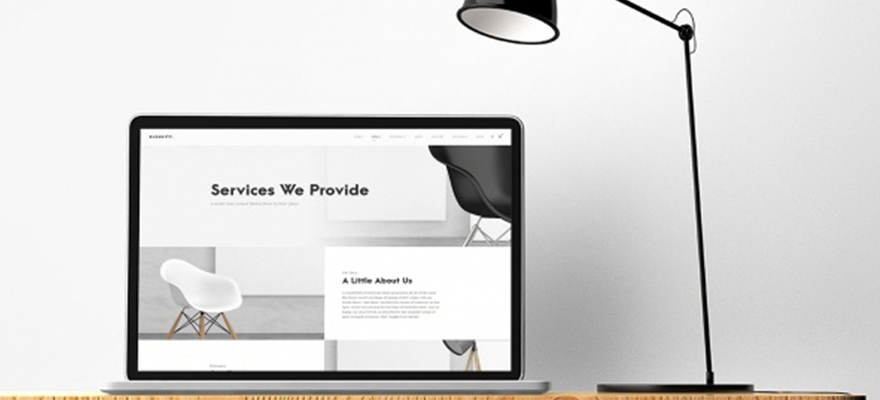How To Make Your Website More Visually Appealing
A website is often the first point of contact between a business or individual and their audience. The visual appeal of a website is crucial in grabbing the attention of visitors and creating a positive impression. An appealing website attracts more traffic and improves the overall user experience. Here are some key strategies to make your website more visually appealing.

Choose a Clean and Cohesive Design
How your website is designed is the first thing visitors notice; a cluttered or chaotic layout can drive them away. Opt for a clean and cohesive design that reflects the essence of your brand or purpose. Use a consistent color scheme, font styles, and imagery throughout the site to create a unified and professional appearance. The design of your website is something that is worth outsourcing to a professional company like wpguru.
Responsive Design for Accessibility
With the increasing use of mobile devices, it’s important that your website is responsive. Having a responsive design means it adapts to various screen sizes and provides an optimal viewing experience on smartphones, tablets, and desktops. This improves user satisfaction and positively impacts your search engine rankings.
High-Quality Imagery
Images are powerful visual elements that can significantly impact the overall aesthetics of your website. Invest in high-quality, relevant images that resonate with your brand and content. Avoid using generic stock photos, as authentic and unique visuals can set your website apart and give you a more genuine connection with your audience.
Strategic Use of White Space
White or negative space is the unmarked area between elements on a webpage. Embrace white space strategically to enhance readability and draw attention to key elements. A well-balanced layout with appropriate spacing creates a more comfortable and visually pleasing browsing experience.
Optimize Loading Speed
Users today expect websites to load fast, so a slower site can lead to high bounce rates. Optimize your images, minify code, and leverage browser caching to improve your website’s loading speed. A quicker website improves the user experience and positively impacts search engine rankings.
A visually appealing website should be easy to navigate. Have a clear and intuitive navigation menu that guides visitors seamlessly through your site. Use concise and descriptive labels for menu items, and ensure that users can find the information they are looking for without confusion. A well-organized structure contributes to a positive user experience.
Consistent Branding Elements
Consistency in branding is important for creating a memorable and professional online presence. Ensure that your logo, color palette, and other branding elements are consistent across all pages of your website. This reinforces brand recognition and gives your website a layer of professionalism.
Engaging Typography
Typography is a key aspect of website design that can greatly impact the visual appeal. It’s best to go for fonts that fit with your brand personality and are easy to read. Experiment with font sizes, weights, and styles to create a visual hierarchy and emphasize important content. Consistent and readable typography contributes to a more polished and user-friendly website.
Interactive Elements
Include interactive elements to keep visitors engaged and make the user experience more dynamic. This could include sliders, hover effects, or interactive forms. However, ensure that these elements enhance usability rather than detract from it, striking a balance between functionality and aesthetics.
Feedback and Testing
Finally, gather feedback from users and perform regular testing to identify areas for improvement. Use analytics tools to monitor user behavior and make data-driven decisions on refining your website’s design. Having a continuous feedback loop allows you to adapt and evolve your site to meet the changing expectations of your audience.



